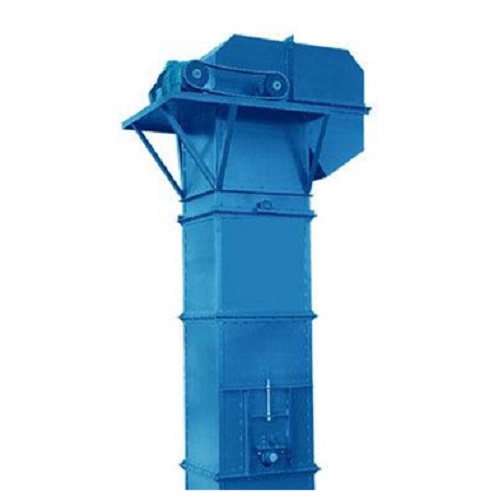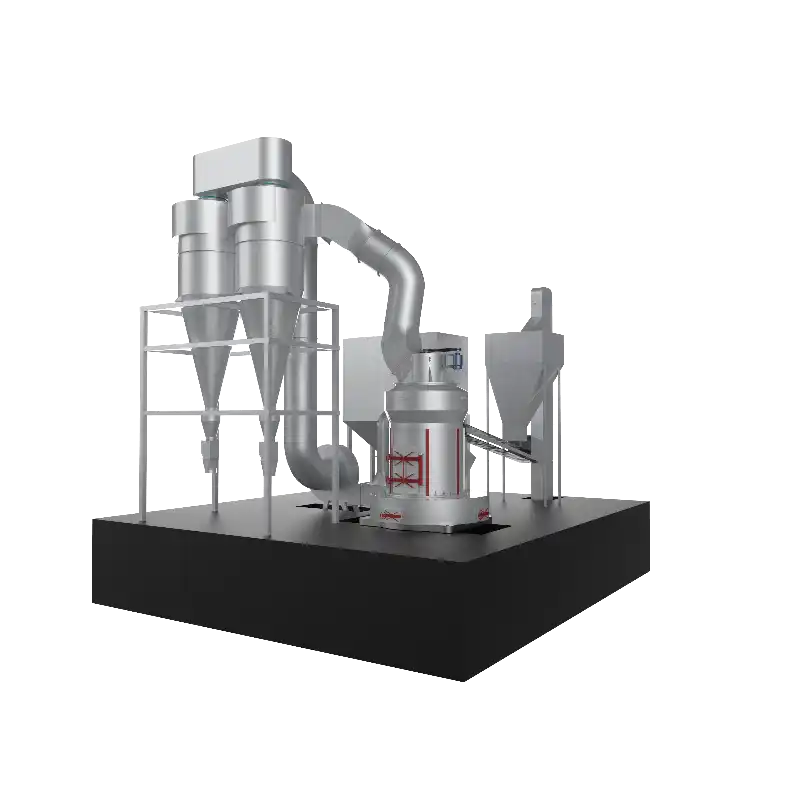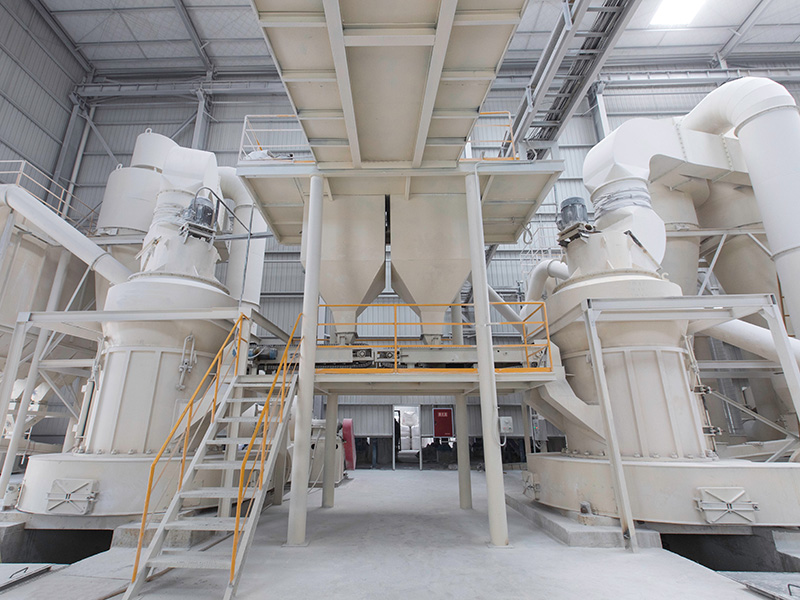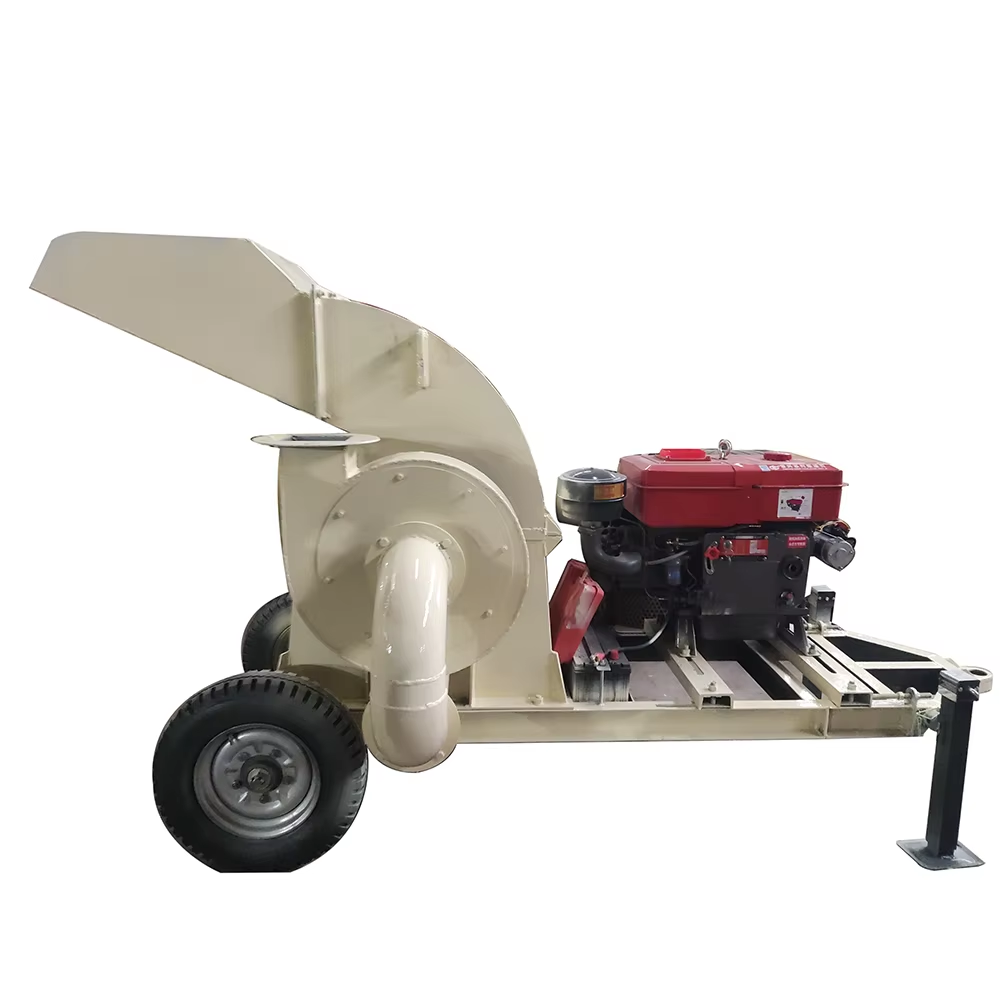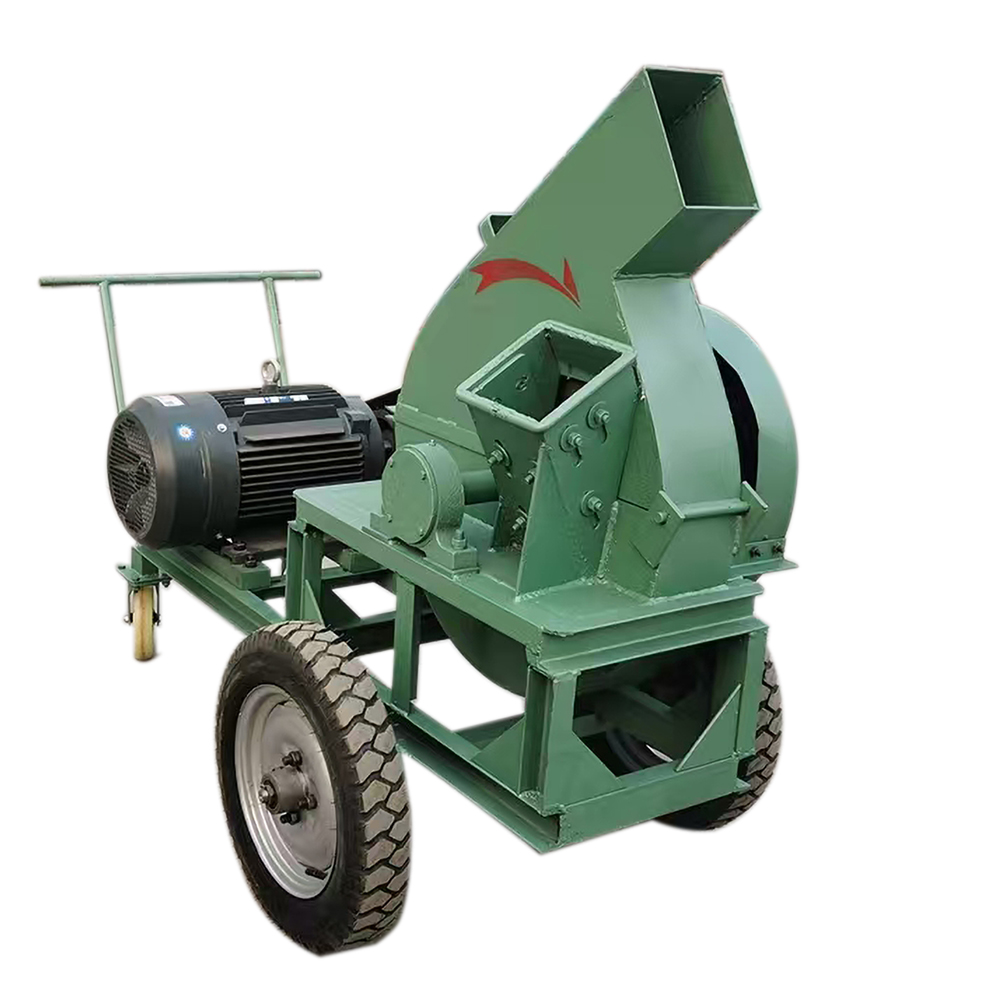Contents Catalog
- 1 Coal Ash Grinding Made Simple – Get Fine Powder Fast!
- 2 What is Coal Ash?
- 3 Why Grind Coal Ash?
- 4 How to Grind Coal Ash Efficiently
- 5 Choose the Right Grinding Mill
- 6 Set the Right Parameters
- 7 Use Proper Equipment for Separation
- 8 Monitor Temperature & Moisture Levels
- 9 Tips for Faster and Better Coal Ash Grinding
- 10 The Benefits of Fine Coal Ash Powder
- 11 Conclusion

| Name | Coal Ash; Coal Ash and Slag |
|---|---|
| Function | Adsorption, purification, catalysis |
| Main components | SiO₂, Al₂O₃, Fe₃O₄, FeO |
| Main uses | Urban management, environmental protection, chemical experiments |
Coal Ash Grinding Made Simple – Get Fine Powder Fast!
Coal ash grinding might sound like a complex task, but it doesn’t have to be. In fact, with the right equipment and technique, you can turn coal ash into fine powder quickly and efficiently. Whether you’re in the construction, environmental, or energy industry, this process is essential for making use of coal ash in various applications. Here’s how you can achieve fine, consistent powder—quickly and with minimal hassle.
What is Coal Ash?
Coal ash is a byproduct of burning coal for energy. It consists of two main types: fly ash (which is lighter and often carried away by exhaust gases) and bottom ash (which settles at the bottom of the boiler). Both types can be used in construction materials, such as concrete, or even for environmental purposes, like soil stabilization.
However, to unlock its full potential, coal ash must be processed into a fine powder. That’s where grinding comes in.
Why Grind Coal Ash?
The key to using coal ash in construction or industrial applications is the consistency of the powder. When ground to the right particle size, coal ash can enhance the strength of concrete, reduce the amount of cement needed, and even help lower the environmental impact of construction projects. Grinding coal ash also makes it easier to store and transport.
How to Grind Coal Ash Efficiently
Grinding coal ash into a fine powder doesn’t require an industrial lab or complex technology. Here’s a simple guide to help you achieve fine coal ash powder:
Choose the Right Grinding Mill
There are several types of grinding mills available, but the most common ones for coal ash are ball mills, Raymond mills, and vertical roller mills. Each of these machines has its own advantages, but all are capable of turning coarse coal ash into fine powder. For the fastest and most efficient grinding, a Raymond mill or vertical roller mill may be the best options as they can grind materials quickly and with less energy.



Set the Right Parameters
Whether you’re using a ball mill or a vertical roller mill, adjusting the speed, grinding pressure, and air flow will help you control the fineness of the coal ash powder. For instance, higher grinding pressure results in finer particles. The trick is finding the right balance for your needs.
Use Proper Equipment for Separation
After grinding, separating the fine coal ash particles from the larger ones is key. This is usually done using a cyclone separator or a classifier, which ensures you get a fine, uniform powder while keeping larger particles out.
Monitor Temperature & Moisture Levels
Grinding coal ash generates heat, so it’s essential to monitor temperatures to avoid issues like clumping. Keeping the moisture level in check is equally important. Too much moisture can make grinding harder, while too little can make the ash more difficult to process.
Tips for Faster and Better Coal Ash Grinding
Regular Maintenance: Keep your grinding mill in top shape by regularly checking for wear and tear. This ensures optimal performance and avoids delays caused by breakdowns.
Optimize Feed Rate: Adjust the feed rate to ensure that the grinding process happens at an even pace. Too much ash being fed into the mill can lead to overloading and inefficiency.
The Benefits of Fine Coal Ash Powder
Choose the Right Additives: In some cases, adding a small amount of a grinding aid can help make the process smoother, especially for tougher coal ash.
Increased Strength in Concrete: Coal ash, when ground finely, is a great supplementary material for cement. It improves the durability and strength of concrete, making it more resistant to environmental wear.
Better Workability: Fine coal ash helps improve the flow and workability of concrete, leading to fewer defects during mixing and application.
Environmental Benefits: By using coal ash as a substitute for cement, you reduce the demand for virgin materials, making the construction process more sustainable.
Conclusion
Grinding coal ash doesn’t have to be a complicated or time-consuming process. By following these simple steps and using the right equipment, you can easily produce fine coal ash powder. Whether you’re working in construction or another industry, fine coal ash powder offers numerous benefits—from improving concrete strength to making your processes more eco-friendly. Get started today and make the most of this valuable material!


